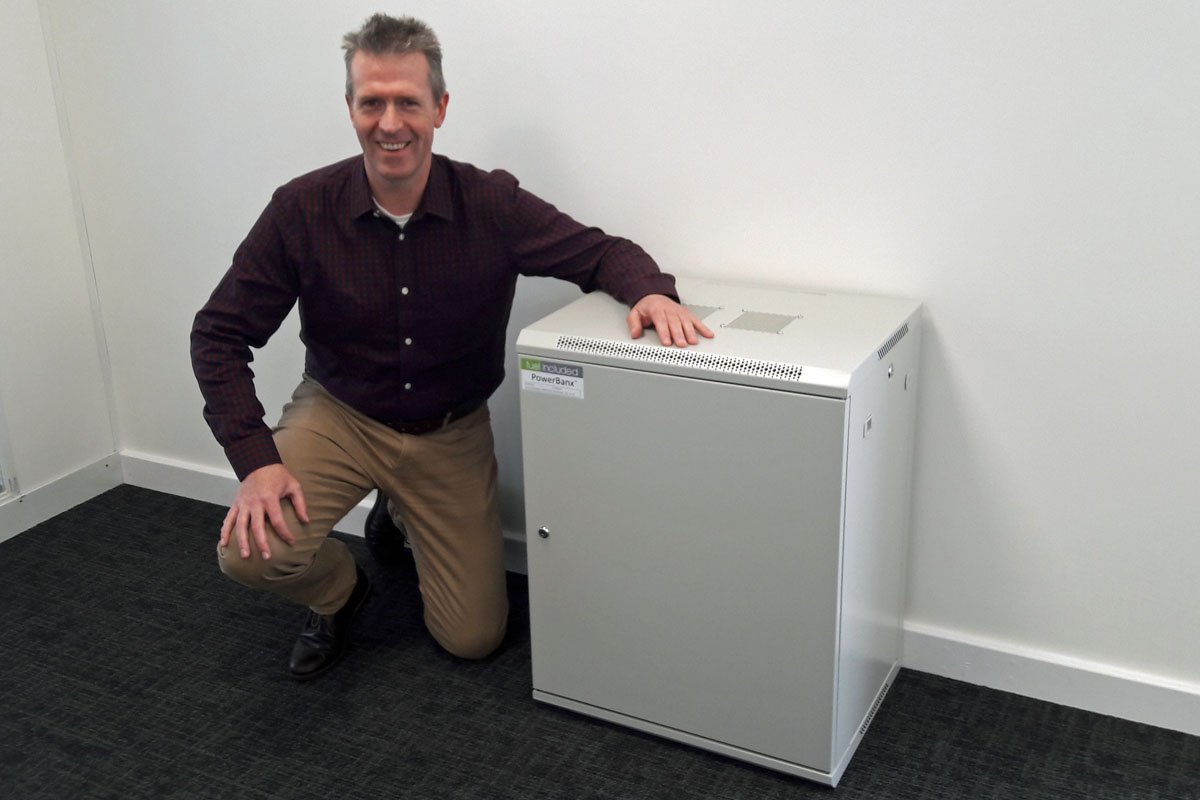Recent power outages related to wildfires and other weather-related events suggest that a battery storage system might be a sensible addition when installing a solar photovoltaic system. The cost of battery storage is dropping, and there are alternatives available to reduce the cost further.
“The era of available electricity whenever and wherever needed is officially over in wildfire-plagued California,” declared one California newspaper reporting on recent power outages for tens of thousands of customers in five Northern California counties. Pacific Gas & Electric’s forced blackouts are the most recent attempts to prevent wildfires in fire-prone areas of California. They are also an example of weather-related electricity outages that are increasingly affecting customers across the country. From nor’easters to hurricanes, tens of millions of customers throughout all sections of the United States experienced power outages last year.

Tanjent’s PowerBanx X battery storage, in pale grey enclosure (Image: Tanjent)
These increasingly common outages have become a major selling point for individuals and businesses considering whether to add a battery storage system in conjunction with their decision to install solar panels. The combination of solar plus storage allows the customer to store excess electricity generated by the solar panels for consumption at a later time, such as when electricity prices are highest during the day. It also allows the customer to keep its electricity on for some period of time during a power outage. A prominent residential solar developer reported last year that one in five new solar projects it installed in California included a storage component, with many customers citing concerns about wildfire-caused blackouts as the reason.
Read more: JD Supra



